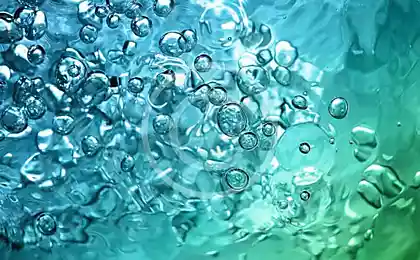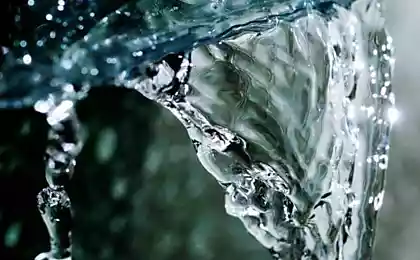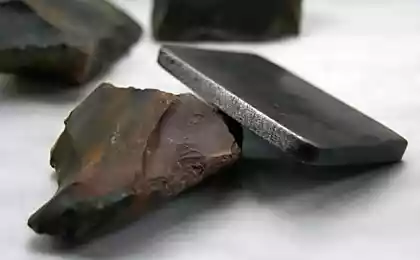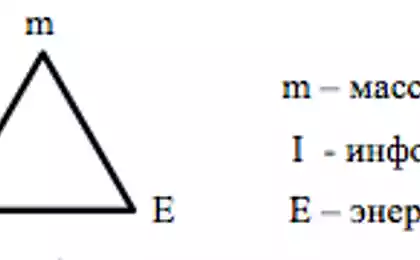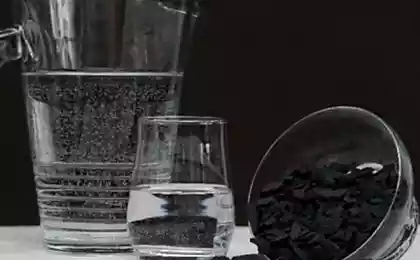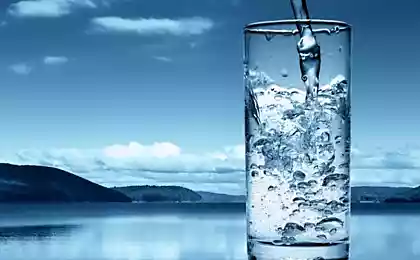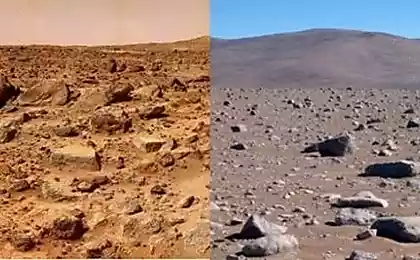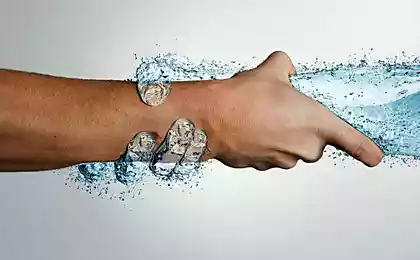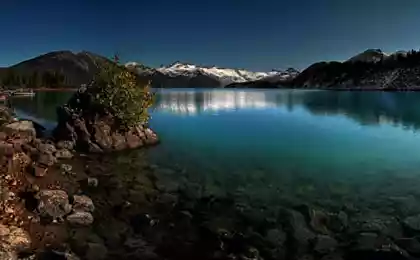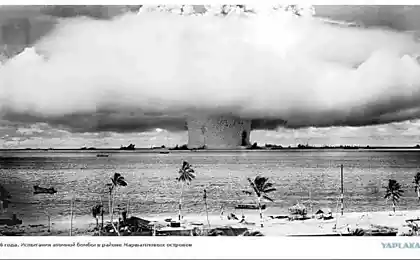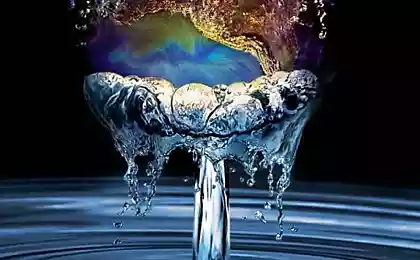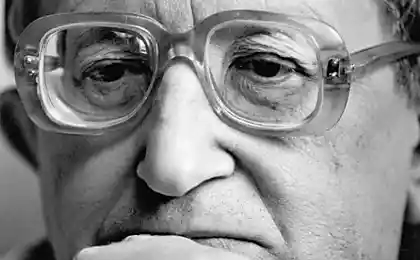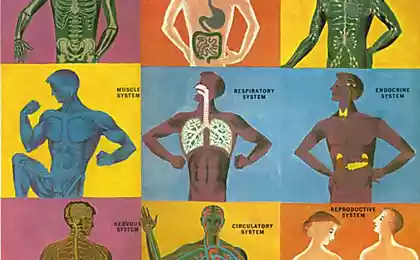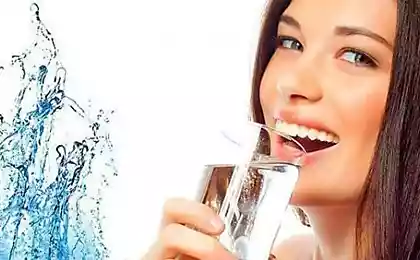459
Why the water is easier on the water?!
One of the most common substances on Earth: water. She, like the air we need, but we often do not notice. It's just there. But, it turns out that ordinary water can change its volume and weigh more, some less. The evaporation of water, its heating and cooling occur truly amazing things, which we know today.
Muriel Mandell, in his entertaining book "Phycisc Experiments for Children" sets out an interesting thought about the properties of water, based on which not only the young physicists can learn many new things, but adults will refresh their knowledge, which haven't had to use, so they were slightly forgotten.Today we will talk about the volume and weight of water. It turns out that the same amount of water always weighs the same. And if you pour water into a glass and it will not spill over the edge — it does not mean that it will fit in this under any circumstances.
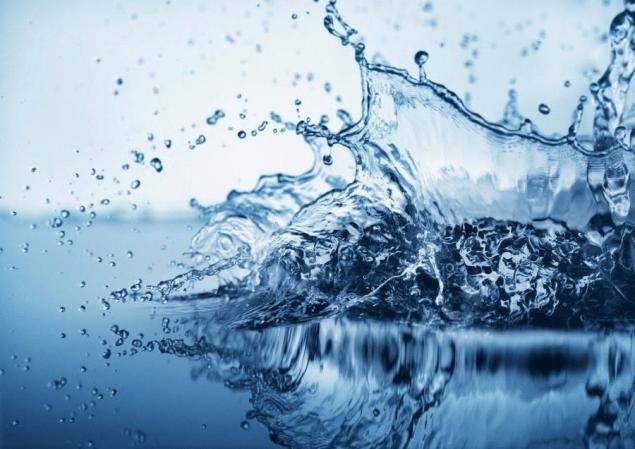
1. When heated, water expands
Put a water-filled jar in a saucepan filled with inches of boiling water, over low heat and keep boiling. The water from the banks start to overflow. This is because when heated the water, like other liquids, begins to occupy more space. The molecules repel each other with greater intensity and this leads to increased water volume.
2. When cooled, the water is compressed to Let the water in the pot to cool at room temperature, or pour new water, and put it in the fridge. After a while you will find that full first Bank is not complete. When cooled to a temperature of 3.89 degrees Celsius water reduces its volume with decreasing temperature. The reason for this was the decrease in the rate of motion of molecules and their convergence with each other under the influence of cooling. It would seem that everything is very simple: the colder the water the less volume it takes up, but... 3. ...the water volume increases again when freezing, Fill the jar with water to the brim and cover with a piece of cardboard. Put it in the freezer and allow freezing. You will find that the cardboard "lid" is pushed. In the temperature range between 3.89 and 0 degrees Celsius, that is, on the way to the point of its freezing point, water again begins to expand. It is one of the few known substances having such properties. If you use dense cover, the ice just smash the jar. Did you hear that even the water pipes might break the ice?
4. Ice is lighter than water, Place a few ice cubes in a glass of water. The ice will float on the surface. Water when frozen increases in volume. And, as a result, ice is lighter than water: its density is about 91% of the corresponding volume of water.
This property of water exist in nature not in vain. He has a very specific purpose. They say that in winter the rivers freeze. But actually this is not entirely true. Usually freezes only a small top layer. That ice floats because it is lighter in liquid water. It slows down the freezing of water at the depth of the river and serves as a blanket, protecting fish and other river Yes lake livestock from severe winter frosts. By studying physics, you begin to realize that very much in the nature is appropriate.
5. Tap water contains minerals Pour into a small glass bowl 5 tablespoons of ordinary tap water. When the water evaporates, the bowl will be a white border. This border is formed by minerals that were dissolved in the water when it passed the layers of the soil. Look inside your kettle and you will see there is a mineral coating. The same coating is formed and the hole to drain the water in the tub. Try to evaporate rainwater in order to check for yourself whether it contains minerals.
Source: brainswork.ru
Muriel Mandell, in his entertaining book "Phycisc Experiments for Children" sets out an interesting thought about the properties of water, based on which not only the young physicists can learn many new things, but adults will refresh their knowledge, which haven't had to use, so they were slightly forgotten.Today we will talk about the volume and weight of water. It turns out that the same amount of water always weighs the same. And if you pour water into a glass and it will not spill over the edge — it does not mean that it will fit in this under any circumstances.

1. When heated, water expands
Put a water-filled jar in a saucepan filled with inches of boiling water, over low heat and keep boiling. The water from the banks start to overflow. This is because when heated the water, like other liquids, begins to occupy more space. The molecules repel each other with greater intensity and this leads to increased water volume.
2. When cooled, the water is compressed to Let the water in the pot to cool at room temperature, or pour new water, and put it in the fridge. After a while you will find that full first Bank is not complete. When cooled to a temperature of 3.89 degrees Celsius water reduces its volume with decreasing temperature. The reason for this was the decrease in the rate of motion of molecules and their convergence with each other under the influence of cooling. It would seem that everything is very simple: the colder the water the less volume it takes up, but... 3. ...the water volume increases again when freezing, Fill the jar with water to the brim and cover with a piece of cardboard. Put it in the freezer and allow freezing. You will find that the cardboard "lid" is pushed. In the temperature range between 3.89 and 0 degrees Celsius, that is, on the way to the point of its freezing point, water again begins to expand. It is one of the few known substances having such properties. If you use dense cover, the ice just smash the jar. Did you hear that even the water pipes might break the ice?
4. Ice is lighter than water, Place a few ice cubes in a glass of water. The ice will float on the surface. Water when frozen increases in volume. And, as a result, ice is lighter than water: its density is about 91% of the corresponding volume of water.
This property of water exist in nature not in vain. He has a very specific purpose. They say that in winter the rivers freeze. But actually this is not entirely true. Usually freezes only a small top layer. That ice floats because it is lighter in liquid water. It slows down the freezing of water at the depth of the river and serves as a blanket, protecting fish and other river Yes lake livestock from severe winter frosts. By studying physics, you begin to realize that very much in the nature is appropriate.
5. Tap water contains minerals Pour into a small glass bowl 5 tablespoons of ordinary tap water. When the water evaporates, the bowl will be a white border. This border is formed by minerals that were dissolved in the water when it passed the layers of the soil. Look inside your kettle and you will see there is a mineral coating. The same coating is formed and the hole to drain the water in the tub. Try to evaporate rainwater in order to check for yourself whether it contains minerals.
Source: brainswork.ru


